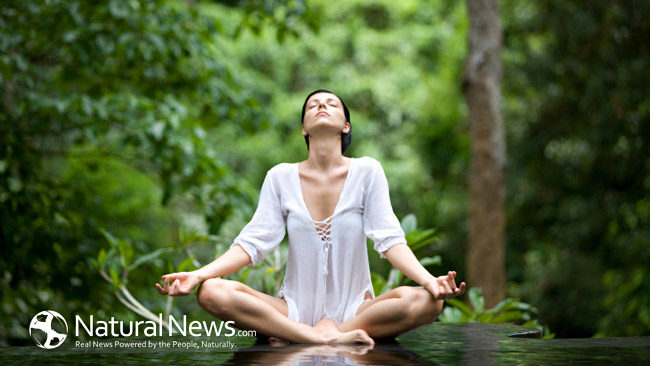Balance is the body’s ability to be pulled in the right direction at the right time. The central nervous system (CNS), composed of the brain and spinal cord, accomplishes this task for us. This system is in charge or activating and relaxing the needed muscles with precise timing. The CNS is overstimulated every second of our lives, but has the multitasking power to take in information, be able to process it, and then apply accordingly for the task at hand.
3 parts
This information comes threefold from the eyes, ears, and sensors throughout the body. When it comes to balance, the eyes communicate what surface the CNS is working with. The vestibular apparatus, which is the inner ear, communicates where the head should be to the CNS. We also need our limbs, joints, and muscles for balance which our feet and skin take care of this communication to the CNS. All of this is signaled at once and has to be sorted and processed very quickly.
Stand up straight
The efficiency of this central nervous system’s information processing is what dictates whether a person has good balance or not. If a person were standing up and started to lean over the right, the right foot would tell the CNS that pressure to the right foot is increasing while the pressure to the left foot is decreasing. This shift is then “seen” by the eyes and the ears would become aware that they are not level with one another. Now those sensors in the muscles are told it’s time to wake up and pull the body back towards the left side until balance is achieved.
Practice
We can be proactive and help keep our balance be kept in good condition. Exercise fanatics often focus on aerobic and resistance work, neglecting balancing activities. Many don’t worry about their balance until it is noticeably lacking. Balance is a “use it or lose it” operation, in which the machine becomes rusty if left alone for a long period of time. After about age 30, the very muscles we use just to stand become weaker. With age, we slow down, and midlife can bring the onset of instability. Falls can occur and this can lead to hip fractures or serious injuries.
Balance is about control. We try to balance our checkbook and time but we also should make keeping our body in line a priority. Think about a toddler learning to walk. Once they are able to balance in the standing position, they have gained the control for movement. This involves body awareness.
We can practice our balance to keep the system sharp. This can be done be making the surface we stand on smaller. Standing on one foot is the most basic form of balance practice. You can change the surface by adding a dyno disk. You can squat down (bend down) on one leg pretending to pick something up. Different tools stimulate proprioception.
Reaction time
The reaction time of the central nervous is critical for keeping the body in balance. From a professional athlete to the average person, we can all benefit from this control. Think of a goalie in soccer. The better they are able to react to a ball, jump to one side, or balance to stop the ball without falling in the process, the better their performance. Falls and injuries with age are damaging to the body and our sense of independence. Stand tall, don’t sway, and balance your life physically and mentally for your health.
https://www.ncbi.nlm.nih.gov/books/NBK97342/
https://www.ncbi.nlm.nih.gov/pmc/articles/PMC3885846/
https://www.cdc.gov/homeandrecreationalsafety/falls/adultfalls.html








